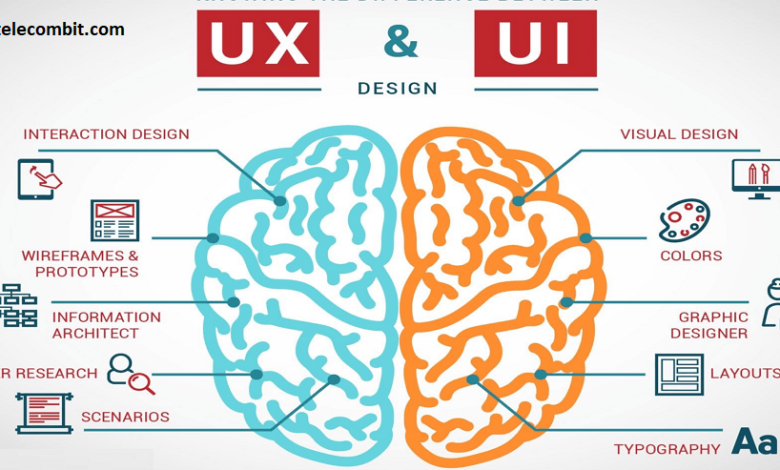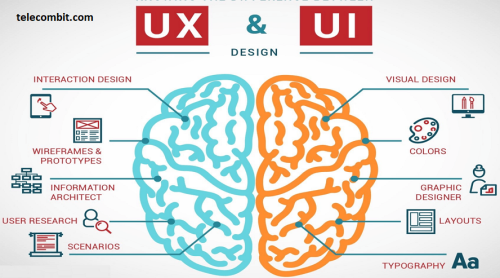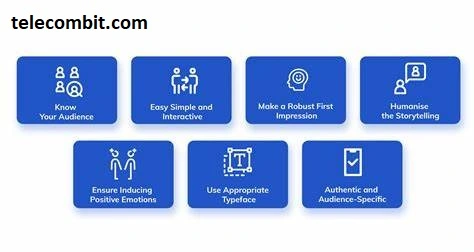What Is UX and UI Design and Why Does It Matter?

In the realm of digital experiences, UX (User Experience) and UI (User Interface) design play a pivotal role in creating intuitive, engaging, and user-centric products. UX design focuses on enhancing user satisfaction by improving usability and accessibility, while UI design focuses on crafting visually appealing and interactive interfaces. What Is UX and UI Design and Why Does It Matter. In this article, we will delve into the fundamentals of UX and UI design, their importance, and why they matter in today’s digital landscape.

Understanding UX Design
UX design revolves around creating products that provide meaningful and enjoyable experiences for users. It involves understanding user behavior, conducting research, and employing design principles to optimize usability and enhance overall satisfaction. UX designers aim to align user goals with business objectives, ensuring that every interaction is intuitive, efficient, and delightful.

Key Principles of UX Design
User Research: Conduct in-depth research to understand user needs, behaviors, and pain points. This helps designers empathize with users and design solutions that address their specific requirements.
Information Architecture: Create a logical and organized structure for information and content within the product. This ensures that users can easily navigate and find what they’re looking for.
Wireframing and Prototyping: Develop wireframes and prototypes to visualize the product’s structure, flow, and functionality. This allows for early testing and iteration, ensuring a seamless user experience.
Usability Testing: Conduct usability tests with real users to gather feedback and identify areas for improvement. Iterative testing and refinement are crucial to creating user-centered designs.

Understanding UI Design
UI design focuses on the visual and interactive elements of a digital product. It involves crafting aesthetically pleasing interfaces that are easy to use and navigate. UI designers combine colors, typography, icons, and imagery to create a visually cohesive and engaging experience.

Key Principles of UI Design
Visual Hierarchy: Arrange elements in a way that guides users’ attention and prioritizes important information. This helps users understand the interface and interact with it intuitively.
Consistency: Maintain consistency in design elements, such as colors, typography, icons, and button styles, throughout the product. Consistency enhances familiarity, usability, and brand recognition.
Responsive Design: Design interfaces that adapt seamlessly to different screen sizes and devices. Responsive design ensures optimal user experiences across desktop, mobile, and tablet platforms.
Interaction Design: Create intuitive and interactive elements that respond to user actions. Well-designed interactions enhance engagement, usability, and overall satisfaction.

Why UX and UI Design Matter
User Satisfaction: UX and UI design prioritize user needs, preferences, and goals. By creating intuitive and visually appealing experiences, they enhance user satisfaction and increase user retention.
Brand Perception: A well-designed user experience and interface contribute to a positive brand perception. A visually appealing and user-friendly product builds trust, credibility, and customer loyalty.
Increased Engagement: A seamless and engaging digital experience encourages users to spend more time interacting with the product. This can lead to higher engagement, increased conversions, and improved business outcomes.
Competitive Advantage: In today’s competitive digital landscape, superior UX and UI design can set a product apart from the competition. By delivering exceptional experiences, businesses can gain a competitive edge and attract more users.

Best Practices for UX and UI Design
Collaboration: Foster collaboration between UX and UI designers, as well as cross-functional teams such as developers and marketers. A collaborative approach ensures a holistic and cohesive design process.
User-Centric Design: Continuously prioritize user needs throughout the design process. Conduct user research, gather feedback, and iterate based on user insights to create meaningful experiences.
Consistent Branding: Maintain consistency with the overall brand identity in terms of visual elements, tone of voice, and messaging. This fosters brand recognition and reinforces brand values.
Usability Testing: Regularly conduct usability testing and gather feedback to validate design decisions. Iterate based on user insights to continually improve the user experience.

Conclusion
UX and UI design are vital components in creating exceptional digital experiences. UX design focuses on understanding and optimizing user interactions, while UI design crafts visually appealing interfaces. By implementing best practices, organizations can elevate user satisfaction, increase engagement, and gain a competitive advantage. Embrace the power of UX and UI design to create seamless digital experiences that leave a lasting impact.





